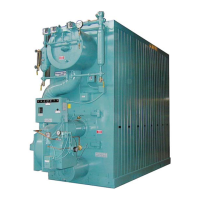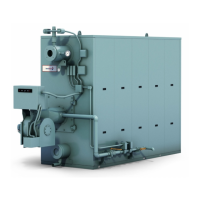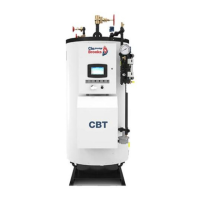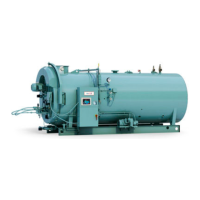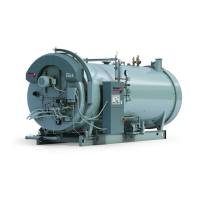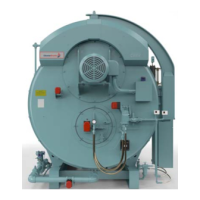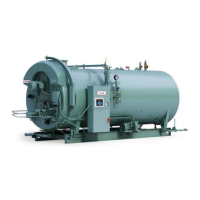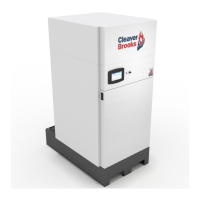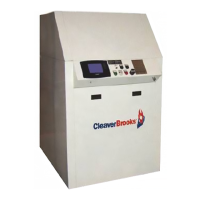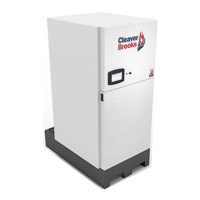750-177 6-1
CHAPTER 6
Troubleshooting
Troubleshooting should be performed only by personnel who are familiar with the equipment and who have
read and understand the contents of this manual. Failure to follow these instructions could result in serious
personal injury or death.
Disconnect and lock out the main power supply in order to avoid the hazard of electrical shock.Failure to
follow these instructions could result in serious personal injury or death.
Chapter 7 assumes that the unit has been properly installed and adjusted, and that it has been running for some time.
It is further assumed that the operator has become thoroughly familiar with both burner and manual by this time. The
points under each heading are set down briefly as possible causes, suggestions or clues to simplify locating the source
of trouble. Methods of correcting the trouble, once it has been identified, may be found elsewhere in this manual.
If the burner will not start or operate properly, the trouble shooting chapter should be referred to for assistance in
pinpointing problems that may not be readily apparent.
The program relay has the capability to self-diagnose and to display a code or message that indicates the failure
condition. Refer to the control bulletin for specifics and suggested remedies.
Familiarity with the programmer and other controls in the system may be obtained by studying the contents of this
manual. Knowledge of the system and its controls will make trouble shooting much easier. Costly down-time or delays
can be prevented by systematic checks of actual operation against the normal sequence to determine the stage at which
performance deviates from normal. Following a routine may possibly eliminate overlooking an obvious condition, often
one that is relatively simple to correct.
If an obvious condition is not apparent, check the continuity of the circuits with a voltmeter or test lamp. Each circuit
can be checked and the fault isolated and corrected. Most circuitry checking can be done between appropriate terminals
on the terminal boards in the control cabinet or the entrance box. Refer to the schematic wiring diagram for terminal
identification.
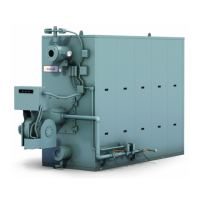
